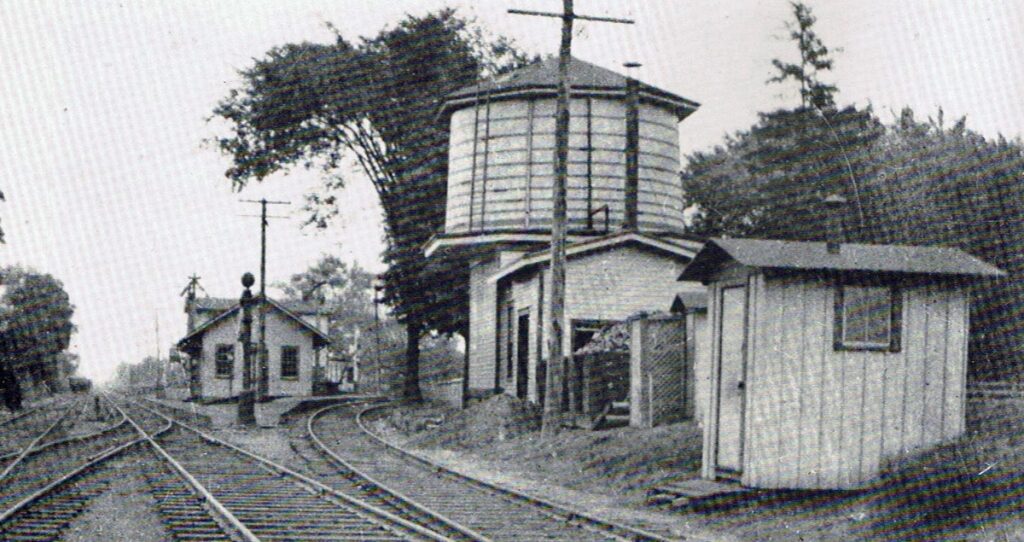Solar metering coming to Greenport this fall

By summer’s end, the Village of Greenport is expected to begin offering net metering, a billing system for electric service that allows consumers who generate more electricity from their solar panels than they consume to get credit on their bill for the power they’re contributing to the broader community.
Greenport currently gets about 70% of its energy from hydroelectric power, which is allocated to the village through an agreement with the New York State Power Authority, according to Village Trustee Lily Dougherty-Johnson. The remainder is split between fossil fuels and nuclear powered sources.
The village is one of several East End municipalities that has its own, independent, electrical grid, along with the towns of Southampton and East Hampton and the Village of Sag Harbor.
“Even though our rates are still really low … net metering will make it so that you’re credited for all the electricity you’re making, so it makes more sense for people financially,” Ms. Dougherty-Johnson said. “And if we could include solar a little more, that also just helps us as a community to be greener and more sustainable.”
Ms. Dougherty-Johnson said that net metering will keep some money that would normally flow to outside energy providers inside the village.
“Instead of paying out to … a nuclear plant, or [for] market rate fossil fuel, you’re paying out to your neighbor who has solar.”
Last year, the village installed a digital net meter in each of the 11-homes currently outfitted with solar panels. Those homeowners have in effect been donating their excess energy to their neighbors.
Village resident Pat Mundus installed solar panels on her Sterling Street roof in the spring of last year.
“I wanted to do the right thing,” she said, noting that Greenport is typically self-sufficient in its energy usage through most of the year, “and then has a big spike in the summertime where they have to buy extra power for the summer visitors.”
Ms. Mundus said she spent nearly $50,000 on the solar panels, including a backup generator battery for her basement.
“That was my big financial decision: how much longer am I going to live, am I going to live in this house and take advantage of this? That’s when I had the confidence to move forward with such a large capital investment.
“I had the cash and I had decided to age in place in my house. I felt like it was an investment in my own peace of mind. I wanted to do the right thing.”
Many solar companies will install the panels at no upfront cost, basically offering a loan that gets repaid with money saved on electric bills and through tax credits.
“It’s a long-term investment,” Ms. Dougherty-Johnson said. “You may not realize it for … years, but you’re not putting money out of your pocket. Your electricity bill is lower, but you’re paying off a loan, so it may even out until you repay the loan.”

Beth Haskell and her partner Hilary North had solar panels on the roof of their Brooklyn townhouse for eight years before moving to Greenport in late 2020 and installing them here at their Washington Street home.
“My original intention when we were moving here and renovating was to make this house as carbon free as possible. We went through a number of different steps, including new insulation, and just this winter completely changed our heating and hot water over to electric heat pumps. Now with an electric car, we are pretty much doing the best we personally can do to have an electric house.”
Ms. Haskell said by April, “we’re producing at least twice if not three times as much as we’re using in the house.
“It’s generally April to October that we’ll produce more than we use,” she said, noting that the couple’s Brooklyn solar panels covered their electric bill for an entire year.
Ms. Haskell said they paid about $43,000 in total for the solar panels plus a battery generator, but received about $11,000 in tax credits for going green.
While she’s pleased that net metering is finally coming to the village, she noted that it took some doing. “We worked pretty hard to convince the village it was a good idea,” she said, referring to how solar panel owners formed a group last year after they were mistakenly billed for electricity use
“It was just lack of understanding that it was to [the village’s] advantage,” Ms. Haskell said.
“The people who have solar are producing the most [are] giving back to the village at the time when they need it most,” she added. “The village was having to go out and buy it on the market. They had the attitude previously that it was a downside for village because they thought it was taking customers from village electric company.”
In 2019, former Gov. Andrew Cuomo signed the Climate Leadership and Community Protection Act into law. It’s among the most ambitious climate laws in the world and requires the state to reduce economy-wide greenhouse gas emissions 40% by 2030, according to the state website. Part of that law requires that 70% of the state’s electricity be generated by renewable energy sources, such as solar and wind.









